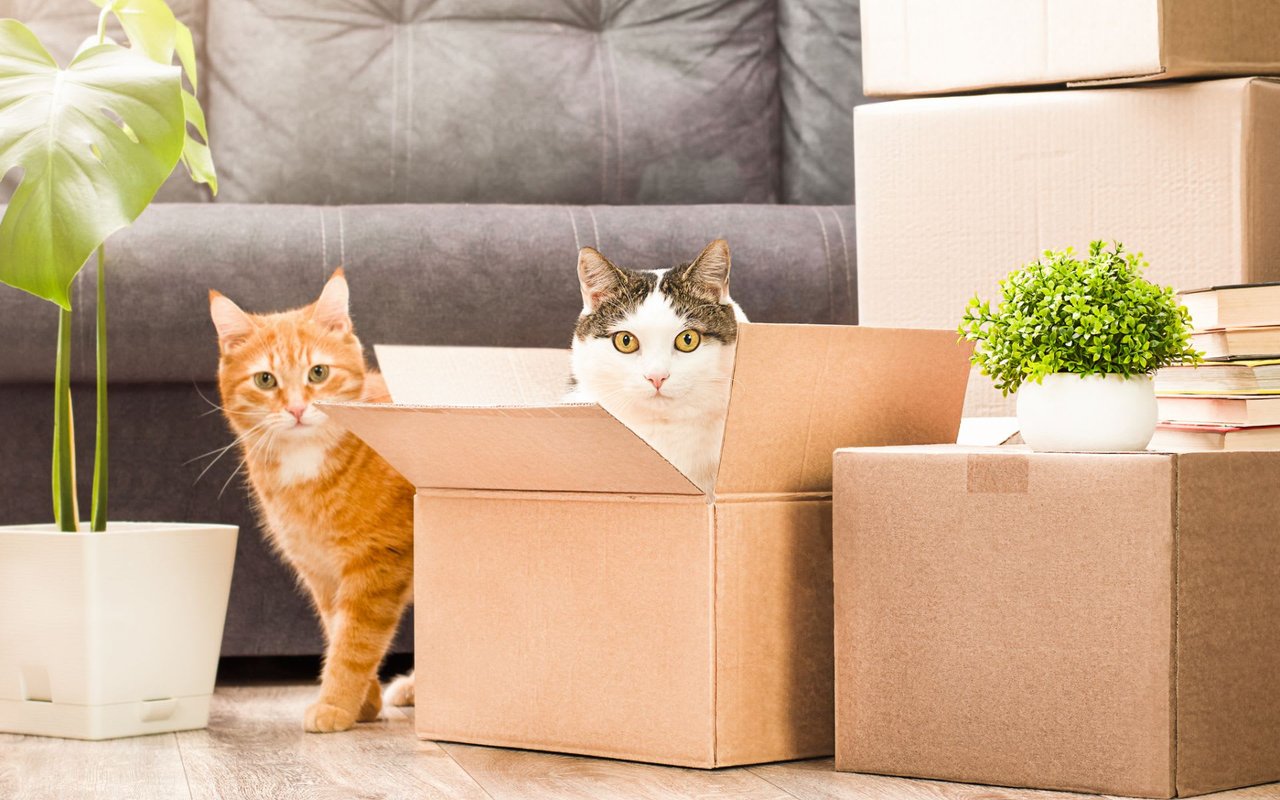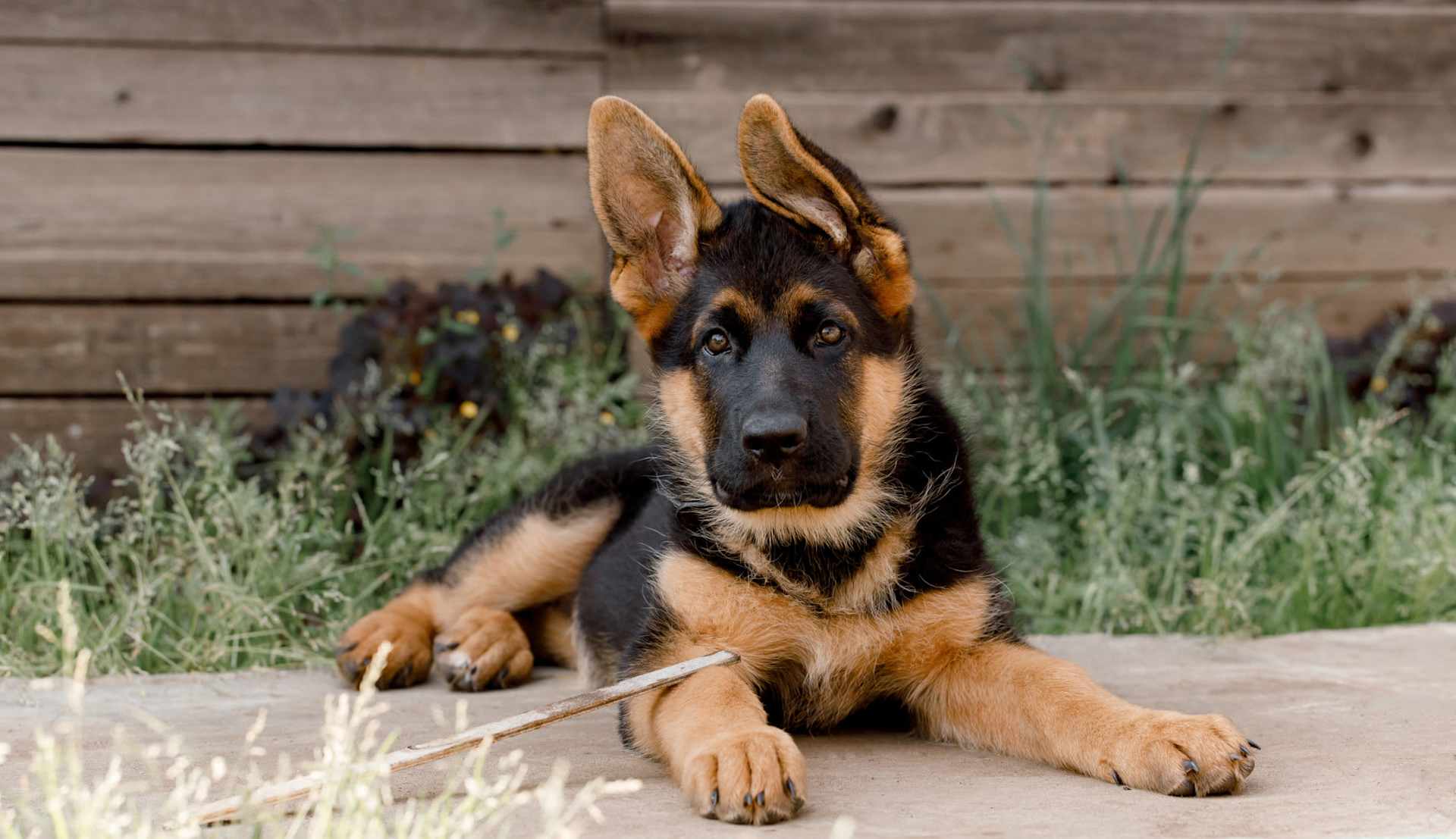
We all understand that moving to a new home is stressful, but for a pet – who just doesn’t understand – moving can be extremely confusing and riddled with anxiety. There are ways, however, to help the process of moving go considerably smoother for your four-legged friends, from choosing a new pet-friendly home to transporting them, and more.
Consider Your Critter
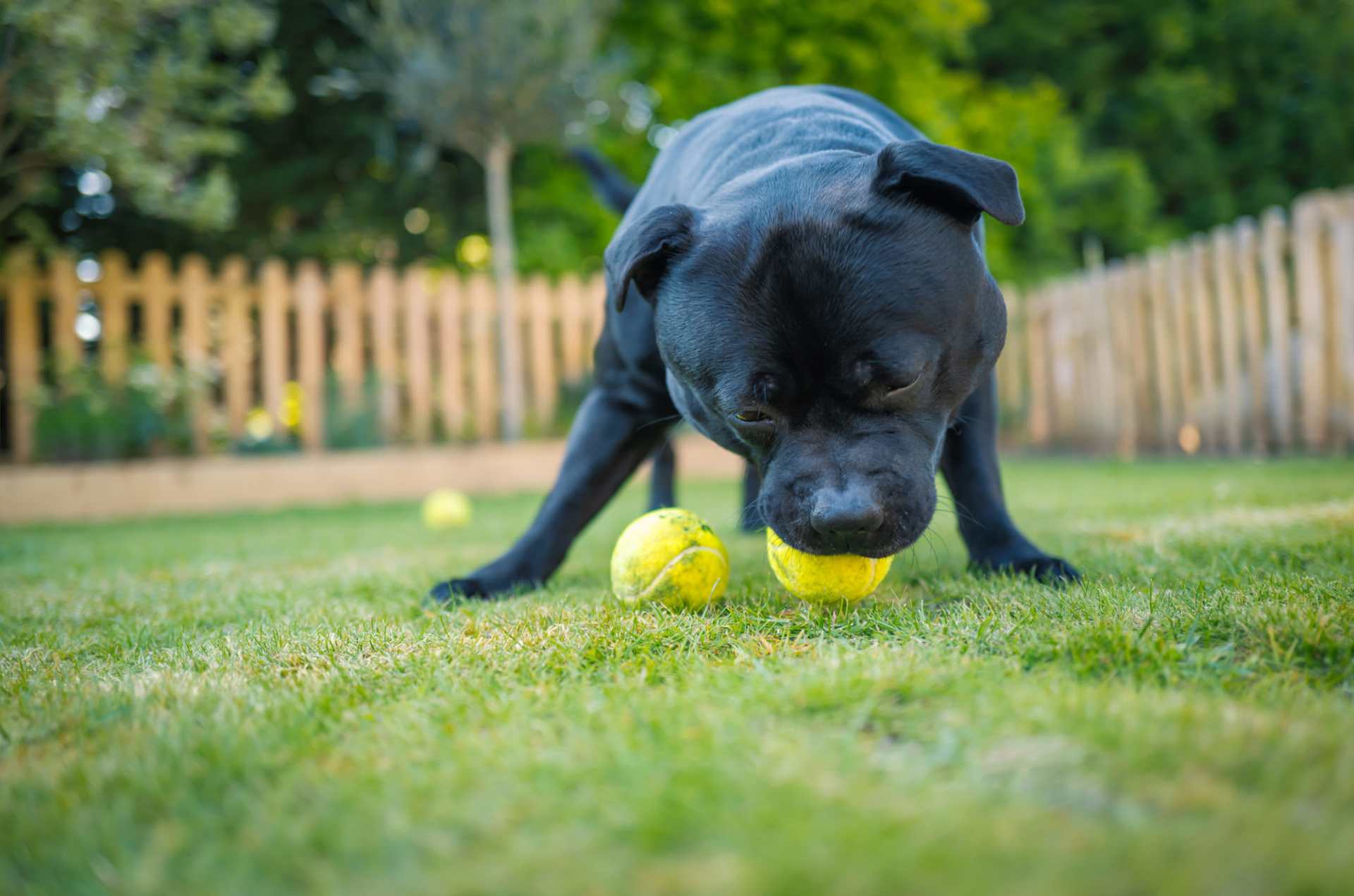
While shopping for your new home, make sure you take into account how the house and its surroundings will accommodate your pet. Is there enough room inside? Do you need a fenced-in yard? Does the neighborhood seem safe for walking with your pet?
Pre-Pet-Proof
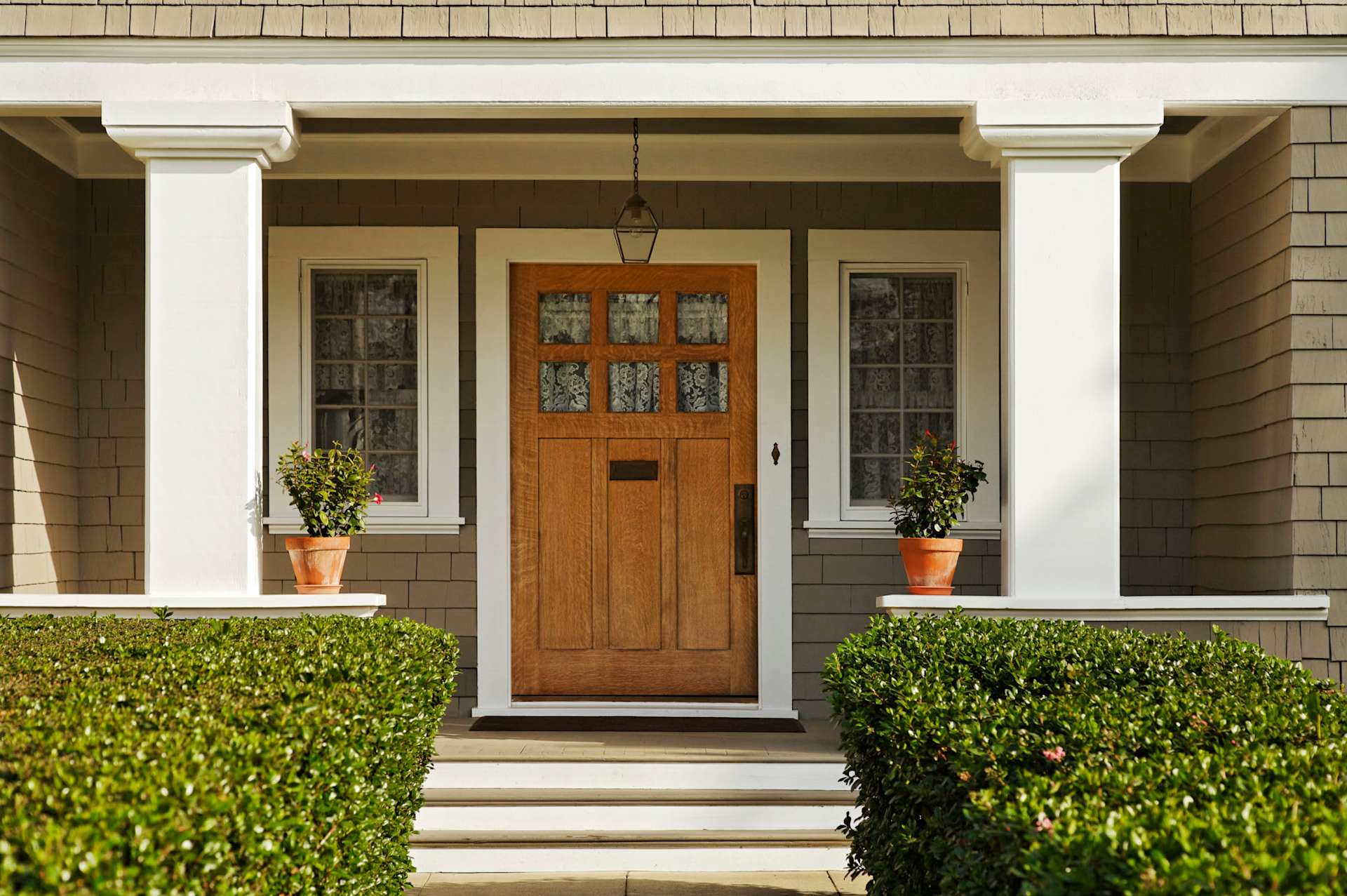
After the purchase, make sure your new home is ready for your pet before you move in. Are all the windows and doors secure – including window screens? Have any pest-control poisons been left? Have all cleaning supplies been removed or made inaccessible? Are there places your pet could hide – or get stuck while hiding?
Acclimate Them to the Crate
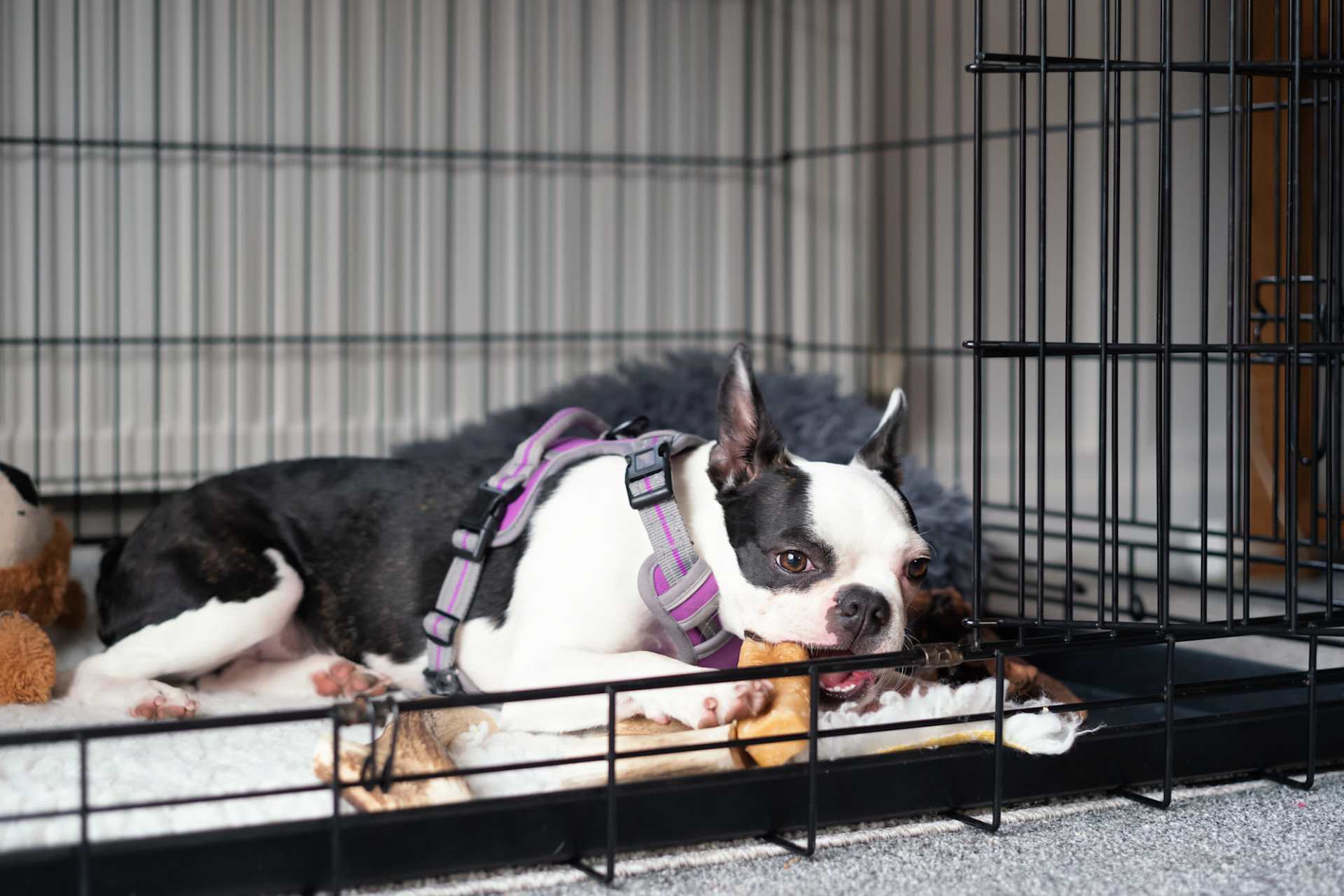
Chances are your pet will be transported in a crate, and if they aren’t already accustomed to this cozy but confining enclosure, there are ways to familiarize them.
Well in advance of your move, introduce the crate by placing it in the house and putting their food bowl inside with the door open. As they get used to this, begin shutting the door while they are eating. Placing treats and toys inside the crate will help develop a positive association. You can also take them for short rides in the crate so they know what it’s like to be transported this way.
Vet a New Vet
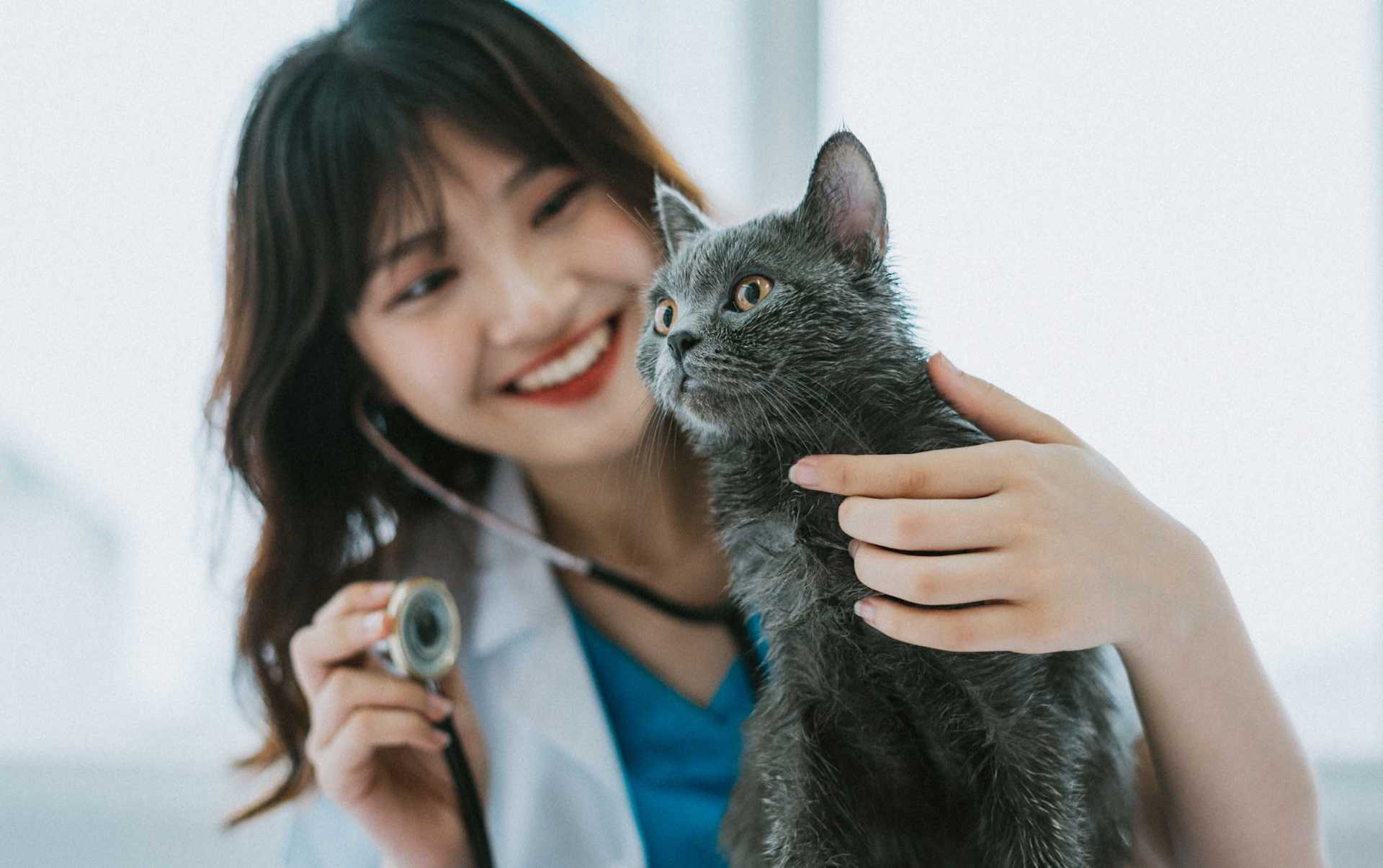
Read reviews for a veterinarian in your new town before moving there, then transfer your pet’s medical records. Make sure you bring any prescriptions with you during the move and have them easily accessible so you don’t have to scramble to find them once you arrive at your new home.
ABCD – Assess, Buy, Clean, Discard
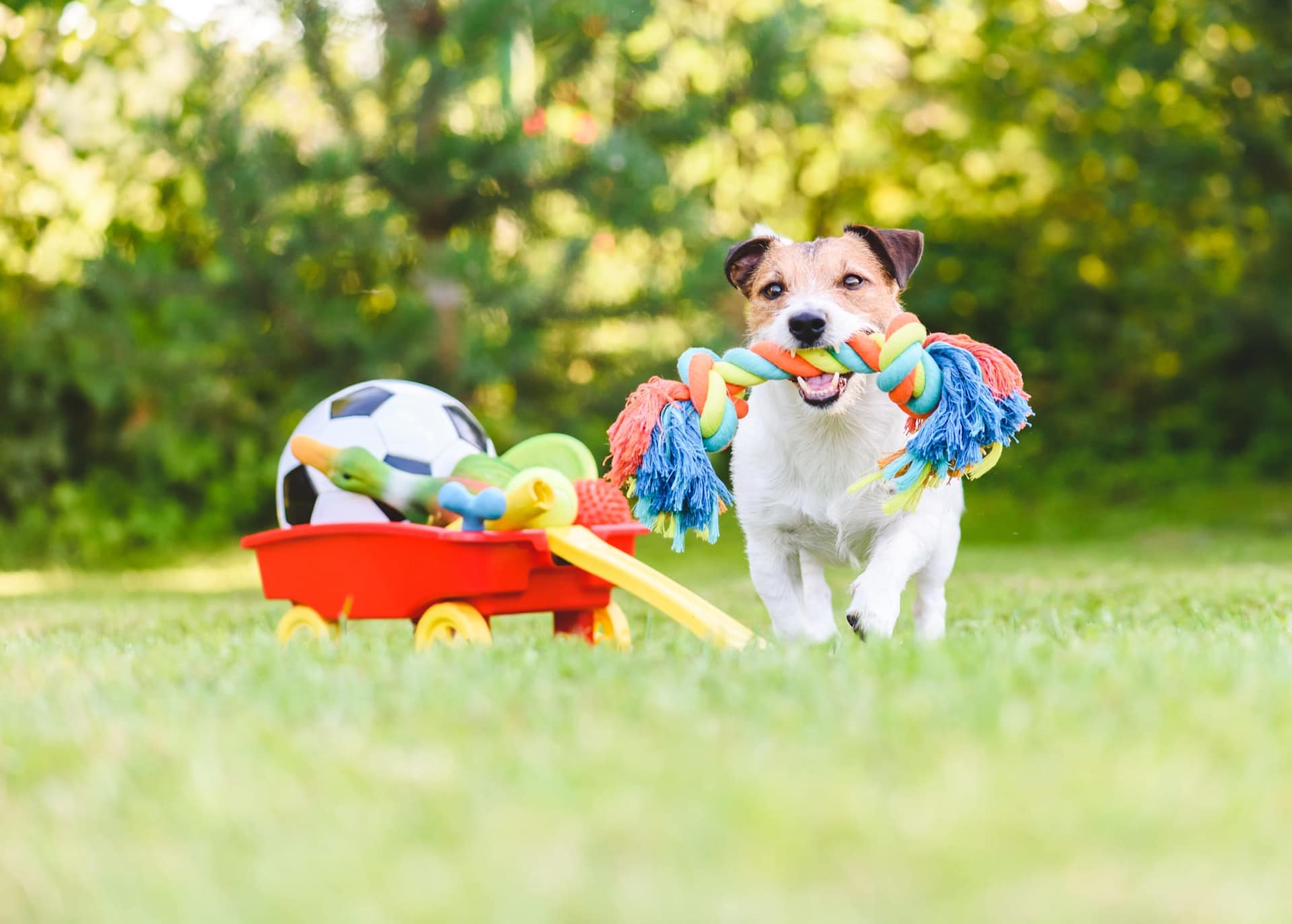
Now’s the time to take inventory of your pet’s belongings including toys, bedding, and food bowls. A few favorite items should be kept since they will provide a sense of continuity during the chaos, but this is also a good time to do a thorough cleaning and purging, too. Treat your buddy to some new toys and bedding, keeping enough familiar stuff so your pet isn’t completely ungrounded and distressed at your new home.
Divide and Conquer
Divide your pet’s possessions and pack two distinct boxes:
1. An immediate essentials box should include things that your pet needs on the day of the move and in case of emergency:
- Food and water dish
- Medications
- Treats
- Waste bags
- Their blanket or bedding
- A toy or two
- A few days of food
- Vaccine records
- ID tags
- Harness/leash
2. All other items
Keep Calm
You may have noticed that your pet picks up on your mood. When you’re stressed, they’re stressed. Try not to contribute to their anxiety by displaying yours – even if that means faking it. Reassure them that everything’s ok using a calm, soothing voice.
If you know from past experience that your pet is prone to freaking out, talk to your vet about anti-anxiety medications.
There are also many over-the-counter, natural products available that may help your pet relax, including cat chews that contain Thiamine (Vitamin B1), L-Theanine, and a “Colostrum Calming Complex Biopeptide Blend.” Pheromone-based products are available in spray and diffuser forms that pet owners swear by.
Dog chews may contain tried-and-true ingredients such as magnesium citrate, L-Tryptophan, Melatonin, Valerian root, hemp oil, as well as calming herbs such as Passion Flower, Chamomile, Lemon Balm, and Ashwagandha.
While transporting your pet, it’s important to keep them in their familiar, well-ventilated carrier. If they are not in a crate, secure their harness to the seatbelt. Do not allow your pet to roam freely in the vehicle. You need to keep them contained and safe. Even well-behaved animals may bolt when scared.
Introduce and Acclimate
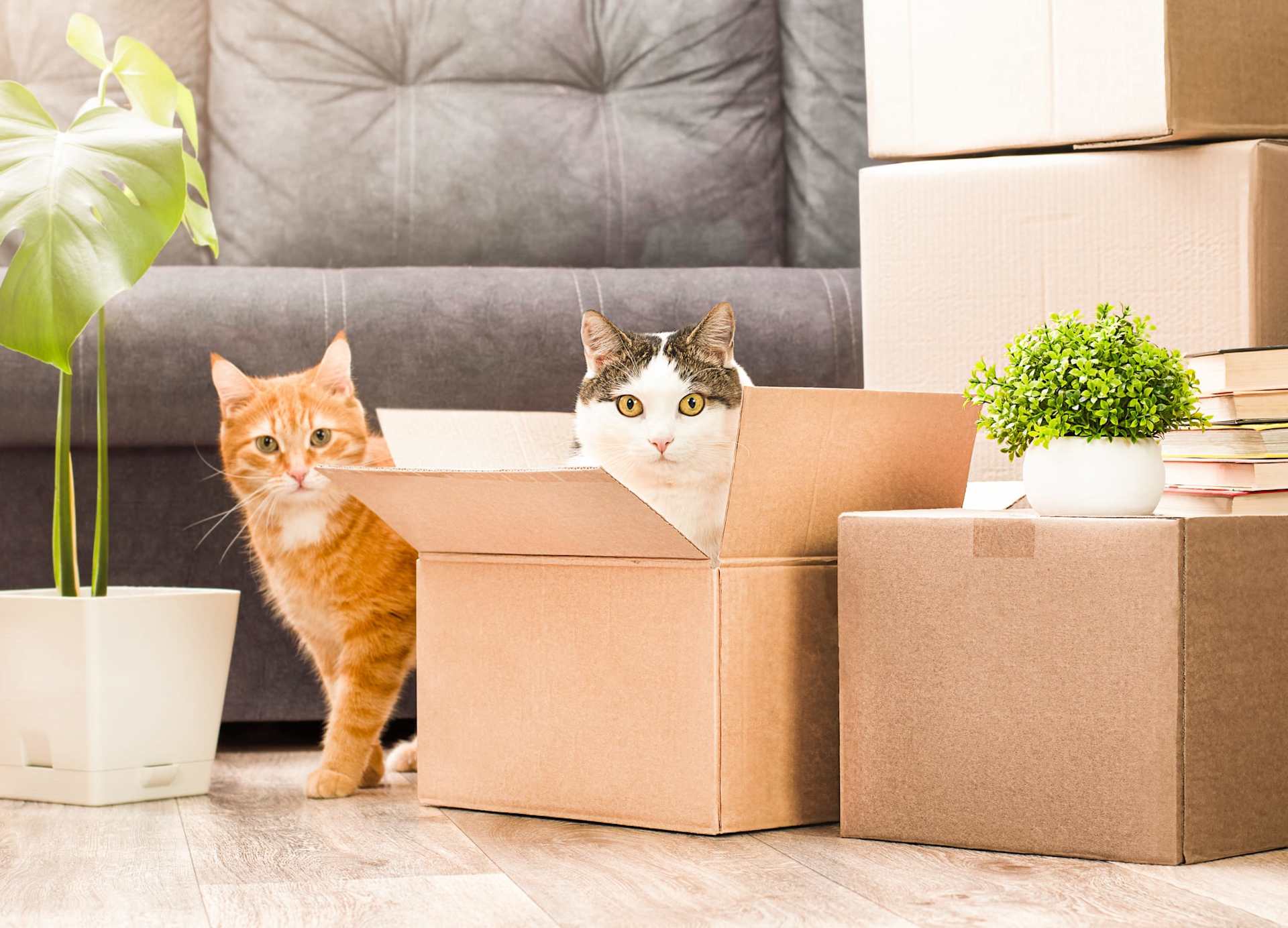
Choose one room in which to isolate your pet until you have finished moving. Secluding your pet is important during this chaotic time, which will require exterior doors to be open for long periods of time. You do not want the fearful flight of a panicked animal. This room should have everything your pet needs, including bedding, toys, food, litter.
Once the movers have departed and things are mostly in their proper place, allow your pet to explore the rest of the house, keeping close tabs on them.
Remember, routine is important. Your schedule may be temporarily turned upside-down, but try to make theirs predictable.
Monitor your pet, watching for signs of anxiety such as loss of appetite, potty accidents, hiding, aggression. If this happens for a prolonged period of time, pharmaceutical intervention may be required.
Learn more about how we can help you find the ideal home for your four-legged friend.
